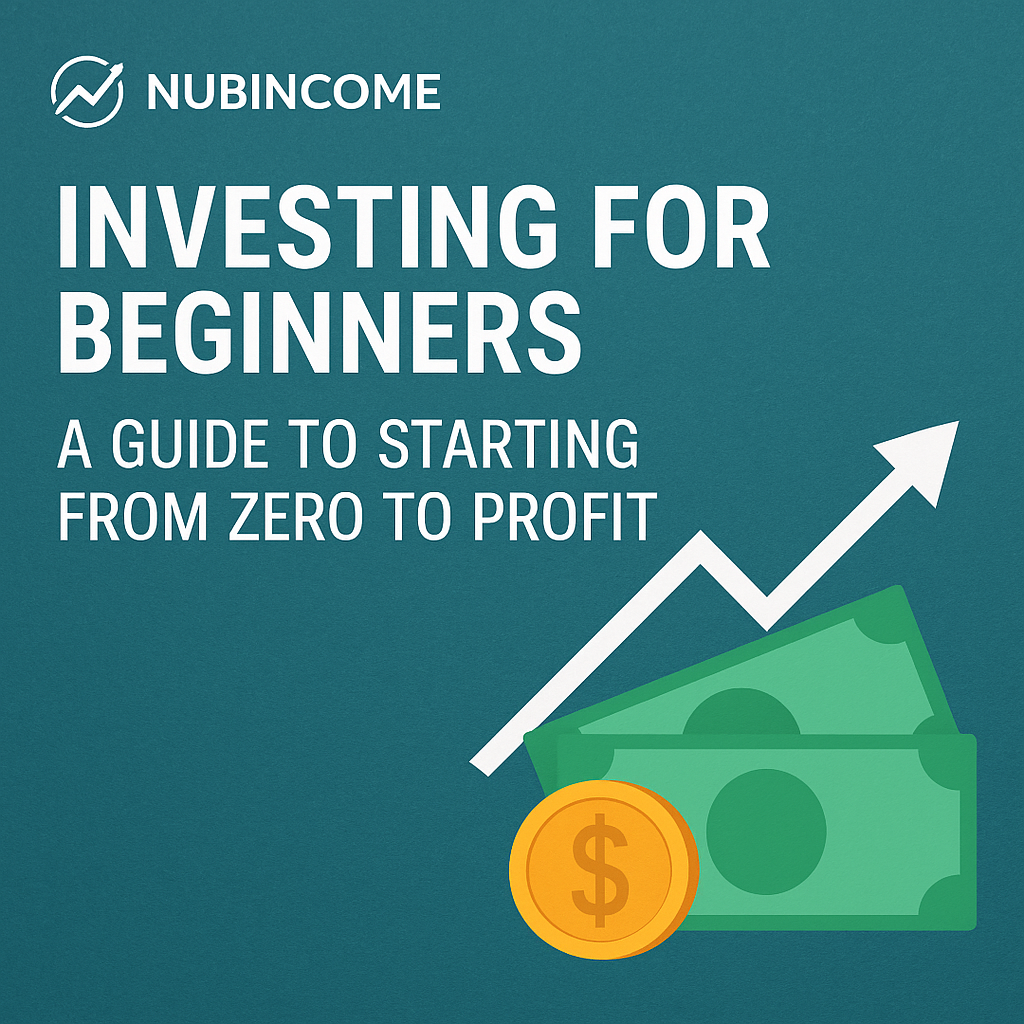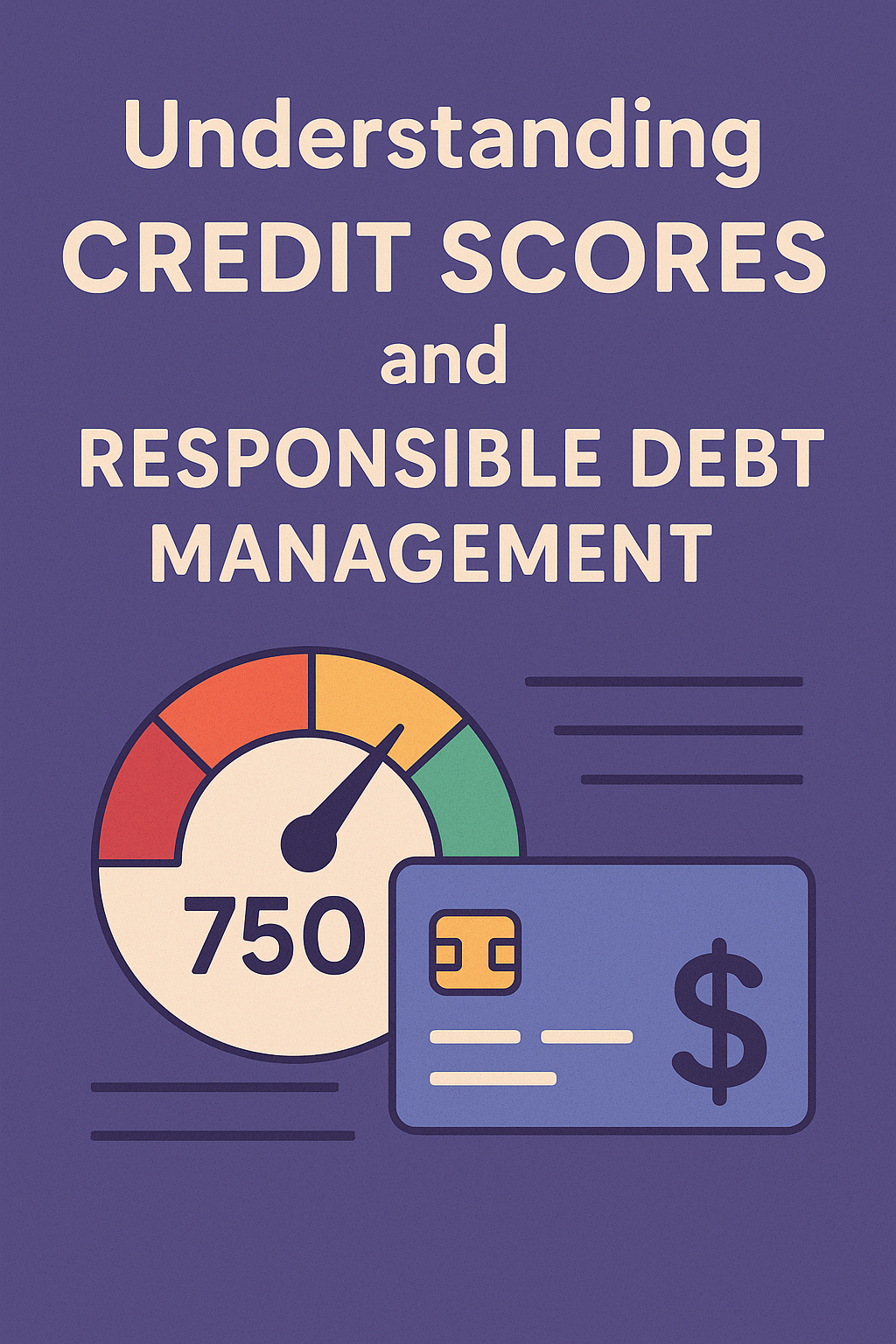How to Invest in Gold: 5 A Safe Option to Preserve Your Wealth


Disclaimer: This article is for informational purposes only and does not represent professional financial advice. Always do your own research before making investment decisions.
Investing can feel like a jungle when you’re starting out. Stocks rise and fall, cryptocurrencies are volatile, and real estate often requires big capital. But there’s one asset that has stood the test of time—gold. In this guide, we’ll explore how to invest in gold safely, wisely, and in a way that helps you preserve wealth without falling for hype.
Why People Invest in Gold
For centuries, gold has been considered a symbol of wealth and stability. Unlike fiat currency that loses value with inflation, gold tends to retain purchasing power over time. That’s why people often ask: Why invest in gold instead of stocks or bonds?
Here are a few key reasons:
- Hedge against inflation: When paper money weakens, gold usually strengthens.
- Safe haven asset: In times of crisis (wars, recessions, financial crashes), gold prices often rise.
- Limited supply: Unlike money printing, gold supply is finite.
- Universal value: Whether you’re in New York, Jakarta, or Dubai, gold is accepted everywhere.
So if you’re thinking about how to invest in gold to protect your future, you’re not alone.
If you’re new and still exploring the basics of how to invest in gold, the beginner’s guide on Investopedia is a great resource.
Types of Gold Investments
When people hear “gold investment,” they usually picture bars or jewelry. But in today’s financial world, there are many ways to get exposure to gold. Let’s break down the options.
1. Physical Gold (Bars, Coins, Jewelry)
This is the oldest and most traditional form. Buying physical gold means you literally hold your wealth in your hand.
- Pros: Tangible asset, no counterparty risk.
- Cons: Requires storage, insurance, and may include higher premiums.
2. Gold ETFs (Exchange-Traded Funds)
If you want convenience, gold ETFs are a popular choice. They track gold prices and are traded like stocks.
- Pros: Easy to buy/sell, low fees, no need to store physical metal.
- Cons: You don’t actually own physical gold.
3. Gold Mining Stocks
Instead of owning gold itself, you can buy shares in companies that mine gold.
- Pros: Potential for higher returns if gold prices rise.
- Cons: Company risks (management, operations, debts) affect performance.
4. Digital Gold Platforms
In some countries, apps allow you to buy fractional digital gold. This is great for beginners starting small.
- Pros: Accessible with low capital.
- Cons: Platform reliability and regulations vary.
5. Gold Futures & Options
For advanced investors, futures and derivatives let you speculate on gold’s price.
- Pros: Potential high returns.
- Cons: High risk and complexity—usually not for beginners.
How to Invest in Gold as a Beginner
If you’re just starting, the process might feel overwhelming. Here’s a step-by-step guide:
- Set your goals → Are you investing for stability, inflation hedge, or long-term savings?
- Choose your method → Physical gold, ETF, digital gold, or mining stocks.
- Start small → Begin with a budget you can afford without stressing.
- Focus on reputable sellers → Whether physical or digital, always buy from trusted providers.
- Diversify → Don’t put 100% of your portfolio in gold; mix it with other assets.
- Stay updated → Follow economic news, central bank policies, and gold market reports.
This simple roadmap will help you approach how to invest in gold without fear.
Physical Gold vs Digital Gold
A common question: Should I buy physical gold or digital gold?
- Physical gold is great if you want something tangible, but it comes with storage and security issues.
- Digital gold is convenient and easier to liquidate but relies on the platform’s trustworthiness.
If you’re a beginner, many experts recommend starting with ETFs or small amounts of digital gold while you learn. Later, you can expand into physical assets.
The Risks of Gold Investment
Even though gold is safer than many assets, it’s not 100% risk-free.
- Price fluctuations: Gold can be volatile in the short term.
- Storage costs: If you own physical gold, safekeeping adds expenses.
- Opportunity cost: If gold prices stay flat, other investments might perform better.
- Liquidity issues: Selling physical gold quickly might require discounts.
Understanding these risks will help you avoid mistakes when learning how to invest in gold.
Scientific Insights: Gold vs Inflation
A study by the World Gold Council shows that gold historically provides a long-term hedge against inflation. For example:
- In the 1970s, when U.S. inflation was high, gold prices soared.
- During the 2008 financial crisis, gold nearly doubled within three years.
This data-backed evidence is why many investors still consider gold a core part of their portfolio.
Storytime: My First Gold Investment
When I first looked up how to invest in gold, I was clueless. I thought I had to buy big gold bars, like in the movies. Instead, I started small by buying a simple gold coin.
At first, it felt strange holding it, but over time I realized it gave me peace of mind. Even when markets dipped, I felt safe knowing I had a stable asset tucked away.
FAQs: How to Invest in Gold
1. Is gold a safe investment for beginners?
Yes. Gold is one of the safest assets historically, but like all investments, it has risks.
2. What’s the best way to invest in gold with little money?
Digital gold platforms and gold ETFs are perfect for small, steady investments.
3. Should I buy gold jewelry as investment?
Jewelry usually comes with high markups. Coins or bars are better for pure investment purposes.
4. Can gold lose value?
In the short term, yes. But over decades, gold usually preserves purchasing power.
5. How much gold should be in my portfolio?
Many financial advisors suggest 5–10% of your portfolio in gold as a hedge.
If you’re just starting your financial journey, don’t miss my guide on Investing for Beginners: A Guide to Starting from Zero to Profit.
Conclusion
Learning how to invest in gold doesn’t have to be complicated. Start small, focus on reliable options like ETFs or digital gold, and build your confidence before moving into physical assets. Over time, gold can serve as a powerful tool to preserve your wealth and balance your portfolio.
Remember, investing is a journey—not a race. Stay patient, keep learning, and let gold be a steady anchor in your financial ship.





